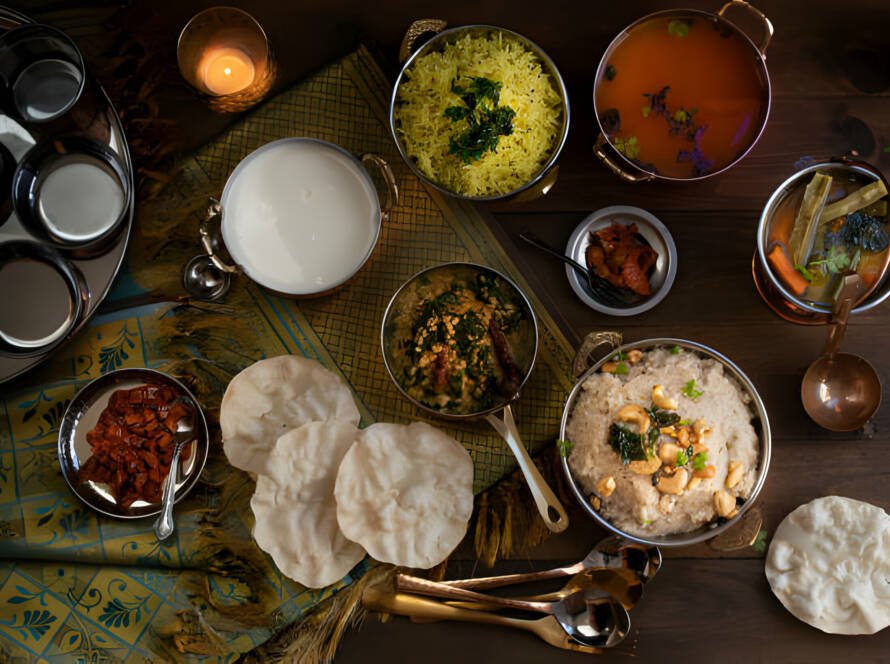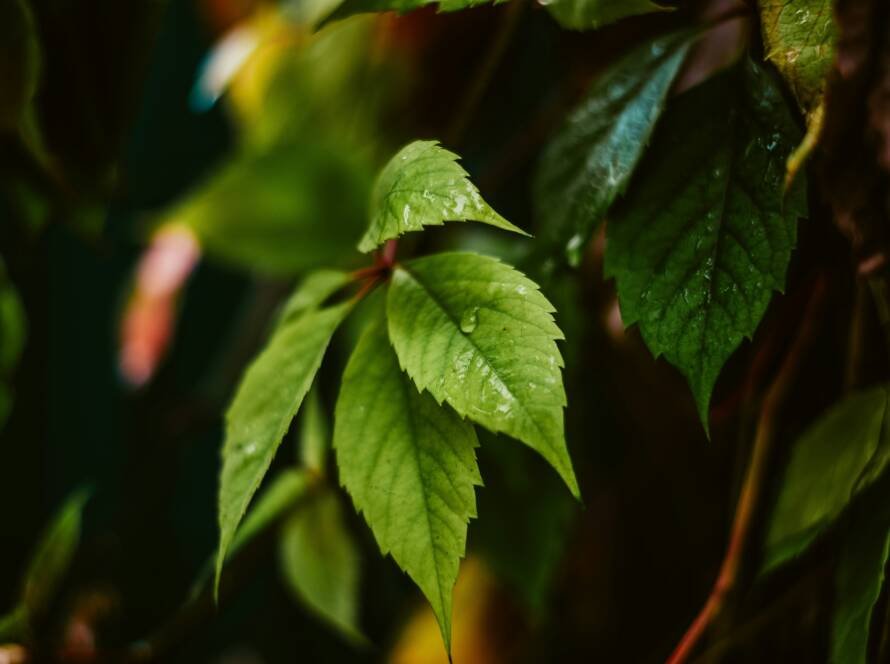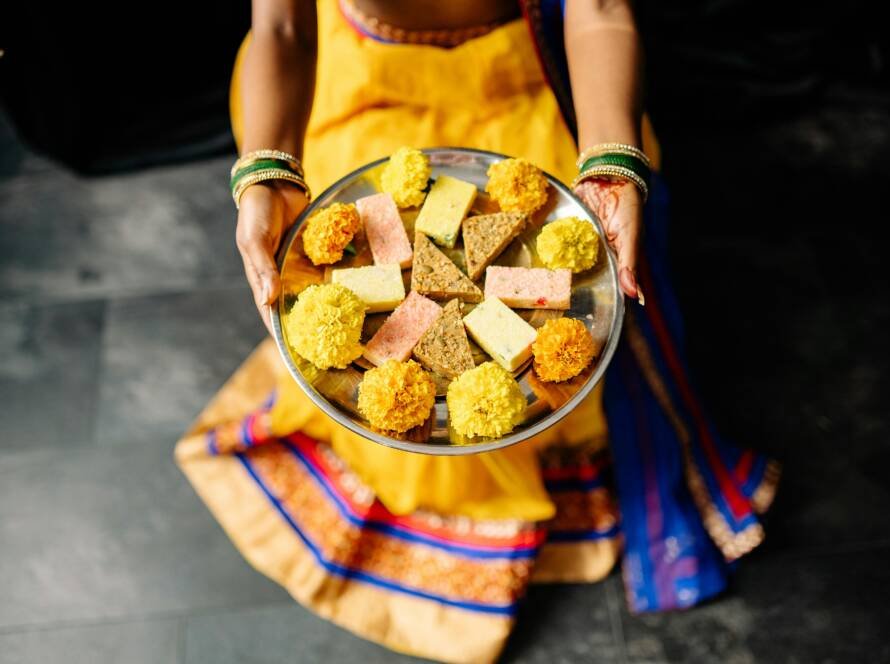A Whiff of Childhood
There’s something exceptionally comforting about the sound of mustard seeds crackling in hot oil or the fragrance of freshly ground spices rising from a clay pot. For many of us, the kitchen was the first classroom. It’s where we learned fractions through recipes, chemistry through fermentation, and geography through regional delicacies. The act of cooking—passed down through generations—was never just about food; it was a quiet transmission of culture, values, and memory.
In a world where education often rushes forward, our kitchens gently beckon us back—to pause, to listen, and to learn from what is ancient, rooted, and real.
Recipes of the Ancients: Knowledge Hidden in Every Grain
Our culinary heritage is a living manuscript written over millennia. From the charred remains of ancient Harappan hearths to the Ayurvedic texts of Charaka and Sushruta, food in India has always been more than sustenance—it has been science, medicine, and philosophy. Each spice in our masala dabba is a teacher. Turmeric teaches us about healing and anti-inflammation; fenugreek, about digestion and detoxification. The act of fermenting dosa batter becomes a lesson in biology. Making ghee becomes a meditation in transformation. These everyday acts are rooted in deep, intergenerational knowledge systems that deserve their place in the curriculum—not just the kitchen.
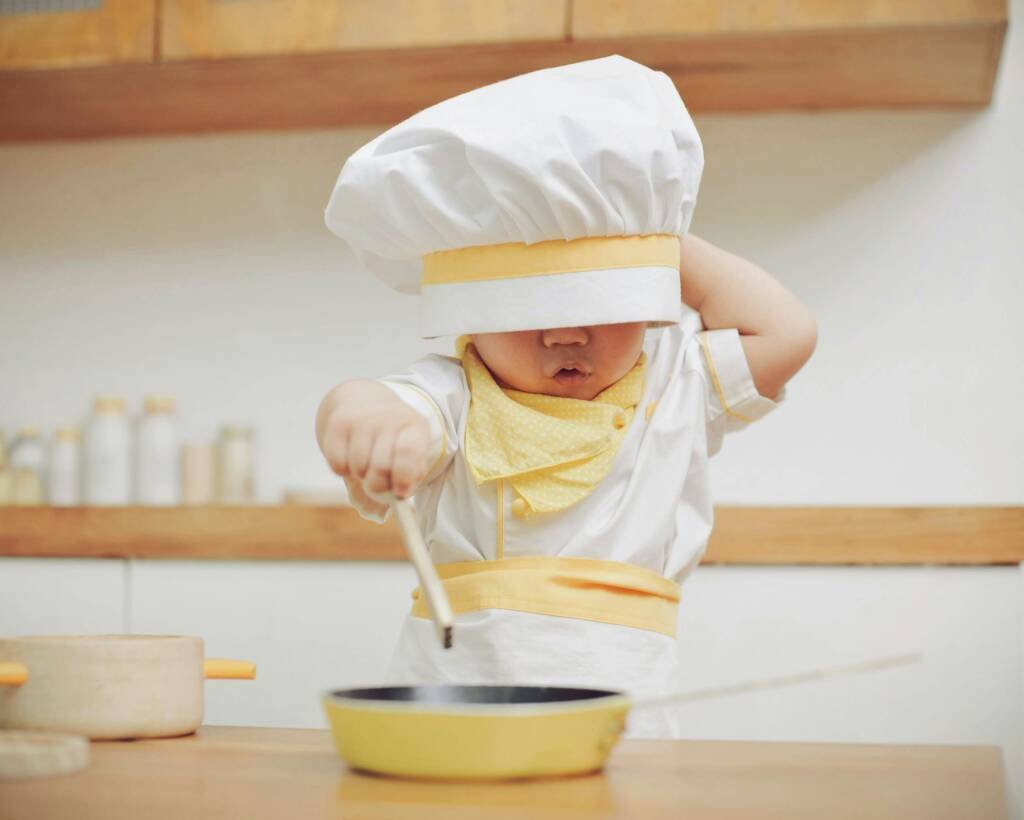
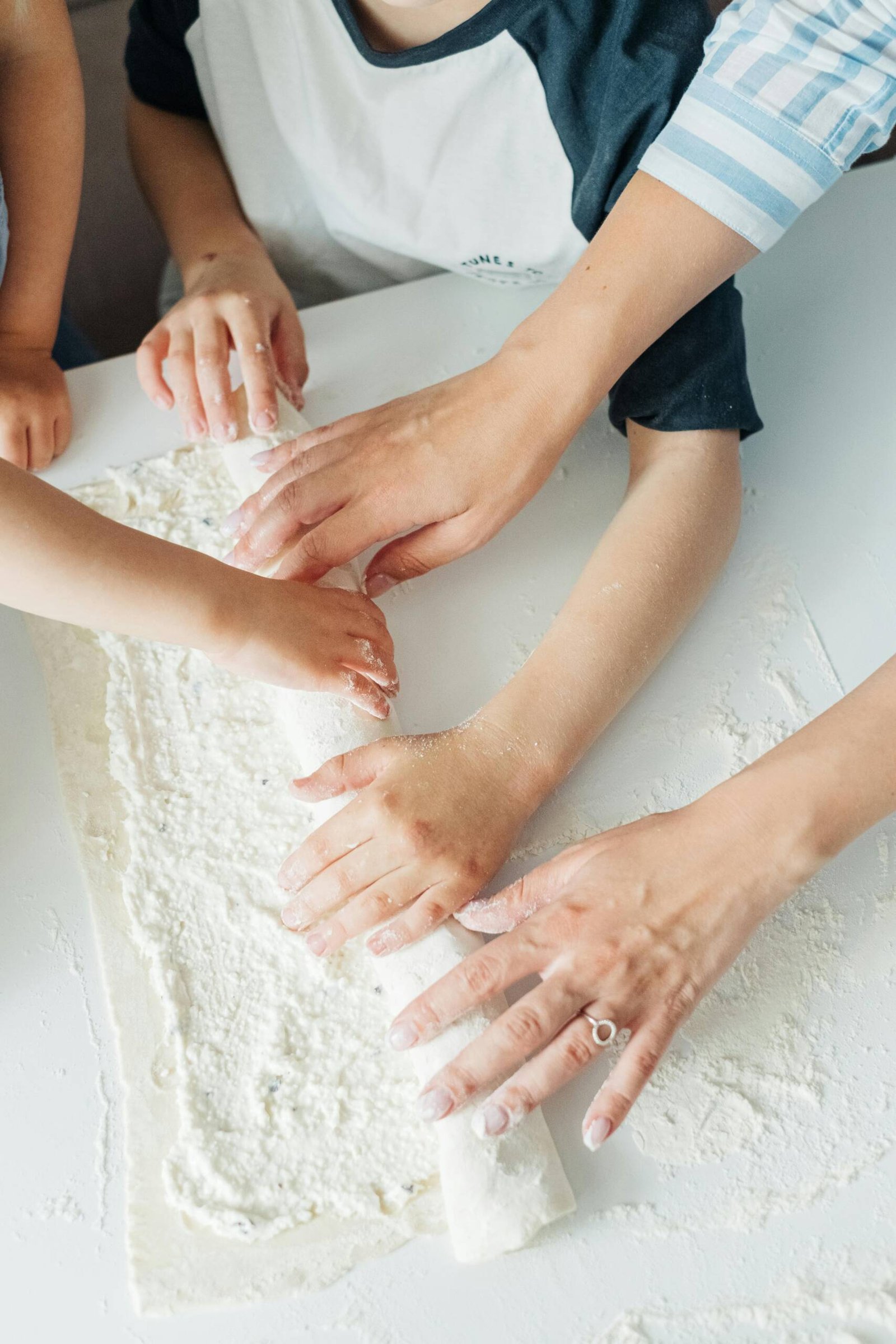
The Sattvic Soul: Food as Moral Compass
In Indian thought, food is classified into sattvic, rajasic, and tamasic—each linked to qualities of the mind and spirit. A sattvic diet—fresh, seasonal, plant-based—is believed to promote clarity, calmness, and spiritual elevation. By teaching children to identify how food affects their energy, behavior, and emotions, we nurture a generation of mindful eaters and compassionate thinkers. The kitchen becomes a classroom of values: sharing, gratitude, non-violence, sustainability. A simple thali of khichdi, curd, and pickled amla becomes a deeply philosophical experience—an offering to both the body and the divine within.
Festivals, Flavours, and the Circle of Life
Every Indian festival tells a story through its food. Modaks for Ganesh Chaturthi symbolize abundance and sweetness in devotion. Pongal, prepared at sunrise, captures the rhythm of the agrarian calendar. Ghevar at Teej celebrates the monsoon’s bounty. These foods aren’t just festive treats—they are edible encyclopedias of our climate, seasons, deities, and social bonds. When students learn to cook a festival dish, they aren’t just following instructions—they are stepping into history, geography, sociology, and art, all stirred together in one pot.
The Return to Slowness: Why Culinary Learning Matters Today
In an age of fast food and faster lives, India’s culinary heritage teaches us to slow down. To soak, to sprout, to simmer. To listen to the crackle of mustard seeds, to smell the earthiness of freshly ground coriander. These acts bring us back to our senses—literally and figuratively. For children constantly stimulated by screens, cooking offers grounding, focus, and joy. It rekindles relationships—with nature, with ancestors, with self. When we bring the kitchen into the classroom, we’re not just preserving recipes—we’re preserving rhythms of life.
Teaching with the Heart
Food is memory. Food is medicine. Food is philosophy. To teach food is to teach life itself. When we introduce culinary heritage into education, we are not just equipping students with skills; we are nurturing rootedness, resilience, and reverence. We’re telling them: You belong to something timeless. Every grain of rice has a story. Every kitchen is a cosmos. And every child, if allowed to stir, taste, and reflect, will discover that learning isn’t always found in books—it can rise, gently, like dough in a warm corner of the kitchen, full of potential and purpose.
#CulinaryPedagogy #IndianHeritage #FromKitchenToClassroom #LearningThroughTradition #SattvicLiving #EdibleWisdom #Curriculture

